This newly released image from the Cassini Spacecraft reveals the surface of Saturn’s moon Prometheus.
NASA’s Cassini spacecraft spied details on the pockmarked surface of Saturn’s moon Prometheus (86 kilometers, or 53 miles across) during a moderately close flyby on December 6, 2015. This is one of Cassini’s highest resolution views of Prometheus, along with PIA18186 and PIA12593.
This view looks towards the anti-Saturn side of Prometheus. North on Prometheus is up. The image was taken in visible light with the Cassini spacecraft narrow-angle camera.
The view was acquired at a distance of approximately 23,000 miles (37,000 kilometers) from Prometheus and at a Sun-Prometheus-spacecraft, or phase, angle of 87 degrees. Image scale is 722 feet (220 meters) per pixel.
Prometheus orbits Saturn just interior to the narrow F ring, which is seen here at the top (see full image).

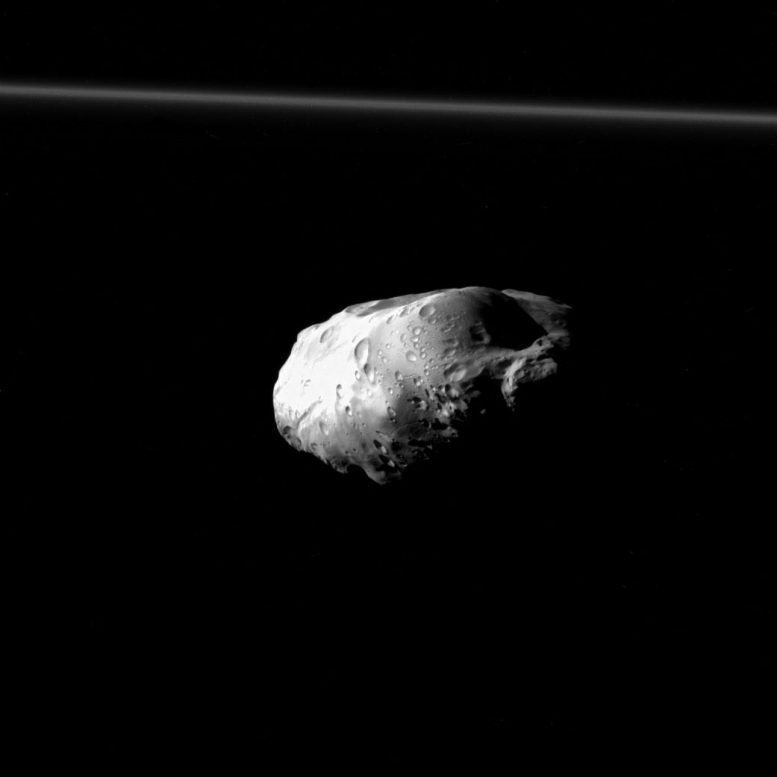


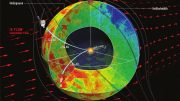
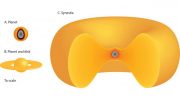
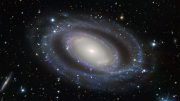
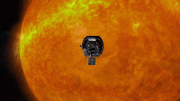
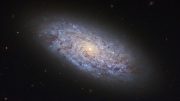
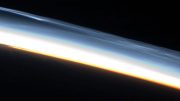
Saturn’s moon Prometheus can be compared to low lying moons of Mars like Phobos and Deimos. These `stones’ should have been carried by the outer Kuiper belt in the Solar system along with the ice through comets and planetoids. The ice had been imported on some planets on its way and the bare stones are circling these gas planets like Uranus, Neptune, Saturn and Jupiter. Those which escaped the gravity of these giants should have traveled further and caused oceans on Earth, and ice on Moon, Mars and inner planets. All the naked stones are trapped around Sun in the bigger Asteroid Belt, from where we are getting pox marks on the inner planets. The Pox mark on the outer planets were already made in the travel, where the texture of terrain is mixed with slash of water marked sands and very few craters as we surprisingly found in Pluto and Charon. In between many stones, ice and planetoids are trapped by the rings of Saturn and Jupiter. Thank You.